After an intense running effort such as running a marathon or another tough race or training run, it’s important to give your body the recovery time it needs to bounce back, repair muscle, and get you ready for your next run.
We all know the soreness that can follow a hard long run, especially if you’re training for a marathon or ultramarathon.
Your muscles also take a real beating after speed workouts and hill repeats, so don’t neglect them, instead help your body repair faster so you don’t have prolonged sore legs after running and you can recover quicker ready to run once more.
To help you do just that, here are our tried-and-tested top 10 tips for effective post-run recovery, that you can do after every run, and should definitely consider doing after tough speed sessions, long runs and race days, to help take care of your body and maximize your potential as a runner.
10 essential running recovery tips to recover quicker and reduce muscle soreness
1. Warm up before your run
One of the key ways to help reduce muscle soreness that you may tend to get after running is to make sure you do an adequate pre-run warm up.
By doing some light jogging and dynamic stretching before starting on your speed intervals, hill repeats, long run or race, you’re warming up your body’s muscles and tissues, getting blood circulation and your breathing rate going and easing into flexibility before you start pushing your body to perform in your training session or race.
A good warm up is also key in helping reduce your risk of common running injuries.
2. Cool down and stretch after your run
After your run, don’t just stop abruptly. Gradually slow down to an easy run, then a walk.
Taking a few minutes to do some easy running or walking is beneficial in that it helps bring down your heart rate and breathing steadily, bringing your circulation back down to normal levels, and can help you feel less sick or faint than stopping abruptly.
Although not scientifically proven, I also find that doing a cool down like this does help with my overall flexibility and may help reduce post-run muscle soreness as a result of helping to flush lactic acid build-up out of my muscles – I notice I feel more sore after if I forget to do a cool down and stretch session after a long or hard run.
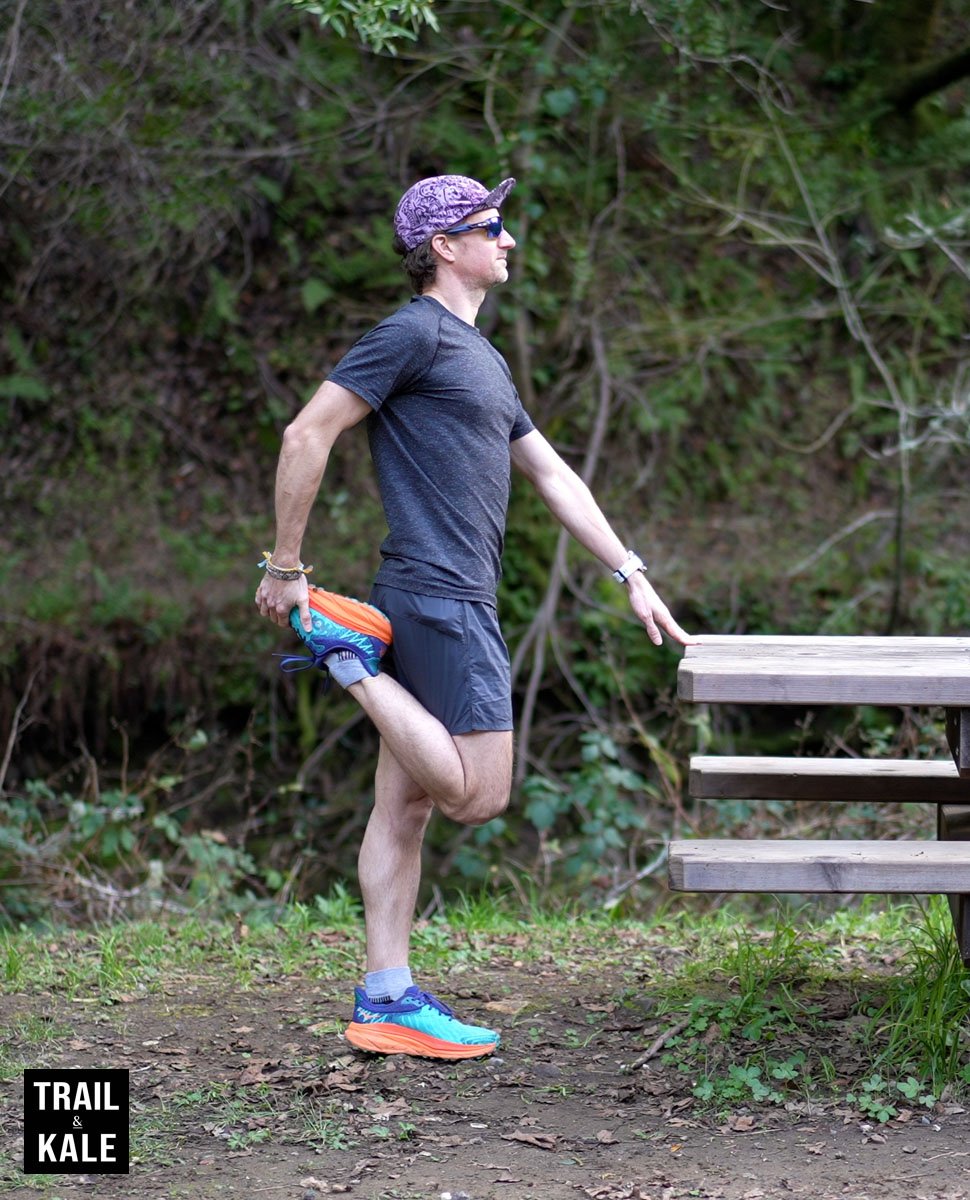
Once you’ve cooled down, stretch your calves, quads, and other leg muscles. For a list of my favorite static stretches to follow post-run (together with video demonstrations), visit the best stretches for runners.
Regular stretching can also help maintain, or even improve your flexibility and range of motion, especially in areas where you may find to be frequently sore or more tight than others in the days following a long or hard run.
3. Take a warm shower
A warm shower after a run can do wonders for your muscles. The warmth promotes blood flow, aiding in the muscle recovery process.
Plus, you were probably hot and sweaty after that tough effort and needed a shower anyway, so it’s nice to clean up and take the opportunity to massage your legs and feet under the hot water as you clean up.
I usually make this part of my recovery routine and it really helps my body recover.
4. Have a massage
Working out the kinks in your muscles after a run can speed up the recovery process.
Many runners and coaches swear by foam rolling, which can help break down muscle fibers and promotes blood flow, speeding up recovery and reducing muscle soreness.
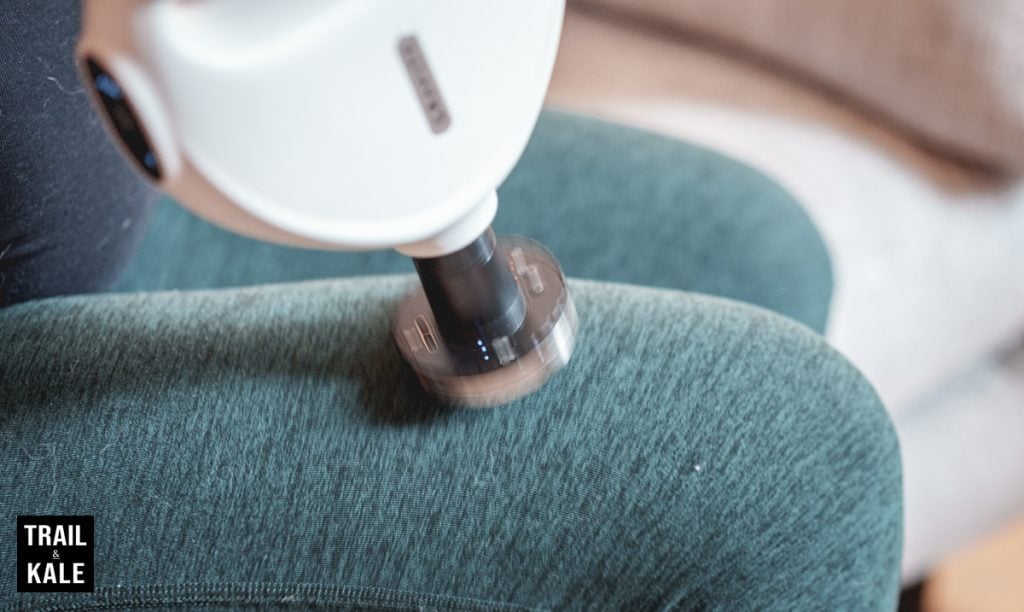
While using a foam roller can certainly help here, my personal preference is to use a combination of:
Massage by hand
This is something you can do yourself on most of your legs so you don’t need a professional massage after every run!
It helps to use a cream such as moisturizing cream – or even better, a CBD-based recovery balm or lotion that can help alleviate muscle soreness in the short term.
A percussion massage gun
Every runner should have one of these!
They’re particularly great for larger muscles such as your quads and glutes, as well as enabling you to reach around and massage your shoulders and back.
A personal favorite is the compact Gravity Move Mini percussion massager which is relatively small, quiet and lightweight, and also features a delightful heated massage head that warms sore spots as it massages.
A TENS machine
Putting on a TENS machine on certain areas of your legs and glutes provides targeted relief from muscle soreness as well as certain running injuries.
Brands such as Compex make excellent athlete-focused TENS machines that can also be used to prepare your muscles between workouts.
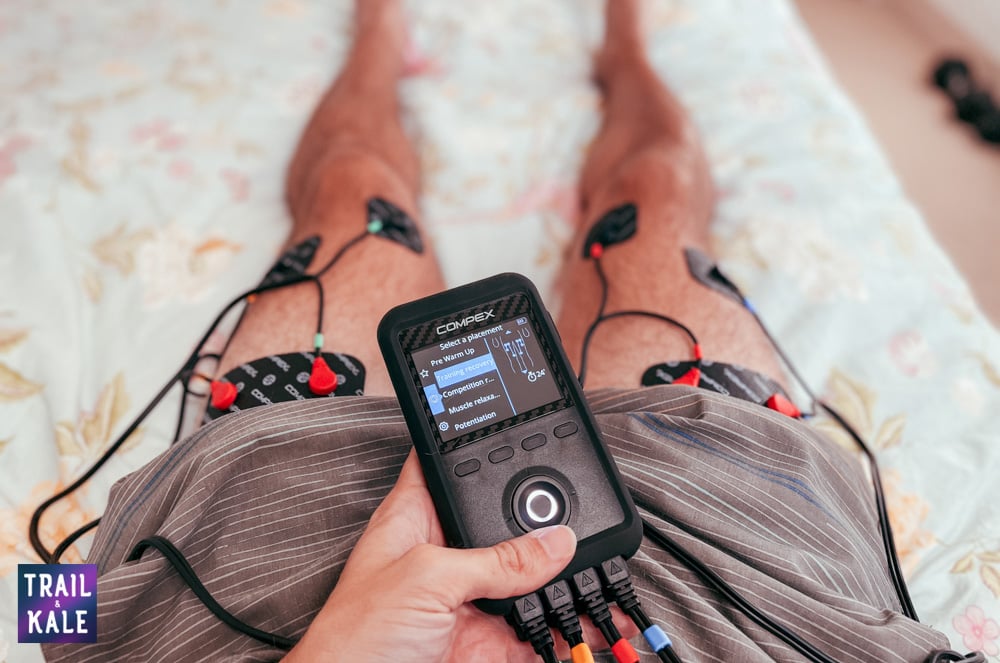
5. Drink a protein shake
Drink a protein shake within an hour after your run to help repair and rebuild muscles.
Opt for a recovery shake that contains essential amino acids which will help your muscles recover and repair. I’ve personally found this to be a fantastic recovery tool.
If you’re not familiar with protein shakes that are suitable for endurance athletes (as opposed to body builders!), our list of the best plant-based protein powders has some great recommendations.
6. Hydrate (water and electrolytes)
Get yourself a reusable bottle such as one of these self-cleaning LARQ bottles, and keep hydrated before and after your run!
Drinking water post-run is a no-brainer, but don’t forget about electrolytes, too.
A good sports drink can replenish electrolytes lost through sweat and some can also help refuel your body’s glycogen stores.
You should also consider whether it will be beneficial for you to bring an electrolyte drink during your runs, as well as after.
This can be especially helpful if you tend to suffer from muscle cramps when running – take it from me, it could well be the secret sauce your body needs to perform better on those long runs, races and when running in the heat of summer.
Here’s a list of our our favorite electrolyte drink mixes for endurance runners if you want to try some for yourself.
7. Consider taking an ice bath
Now, this might not be everyone’s cup of tea, but taking an ice bath post-run can help reduce inflammation and speed up recovery.
It’s one of those recovery practices that some athletes swear by – and we’ve all seen footage of elite sportspeople taking their ice baths after game day and training!

Our post on the benefits of ice baths for runners provides more insights around why many people consider them to be beneficial for recovery.
Try it and see if it works for you. This can be as simple as throwing some ice into your bathtub full of cold water, and if you really get into it you can buy dedicated ice baths such as the Ice Barrel and Cold Plunge bathtub (read our Ice Barrel review to learn more about that product).
8. Consider compression tights
Using compression tights as part of your post-run recovery routine can be a real game-changer. It’s certainly been a valuable tool in my running arsenal over the years.
But what makes it so beneficial?
Compression apparel is designed to apply consistent, gentle pressure to the muscles. This sustained pressure aids in maintaining blood flow and can speed up recovery by reducing muscle soreness.
When you’ve been out on a long run, your muscles are working hard, and this can cause micro-tears and inflammation.
Compression tights in particular can help reduce this inflammation by improving venous return from your legs – the rate of blood flow back to the heart – thereby reducing the amount of fluid that can pool in your muscles.
Moreover, this increased circulation means that nutrient-rich blood reaches your muscle fibers faster.
You can also run in compressions tights, which can help reduce muscle oscillation and strain as you run. There’s more information about the benefits of compression tights and other apparel in this 2XU compression tights review.
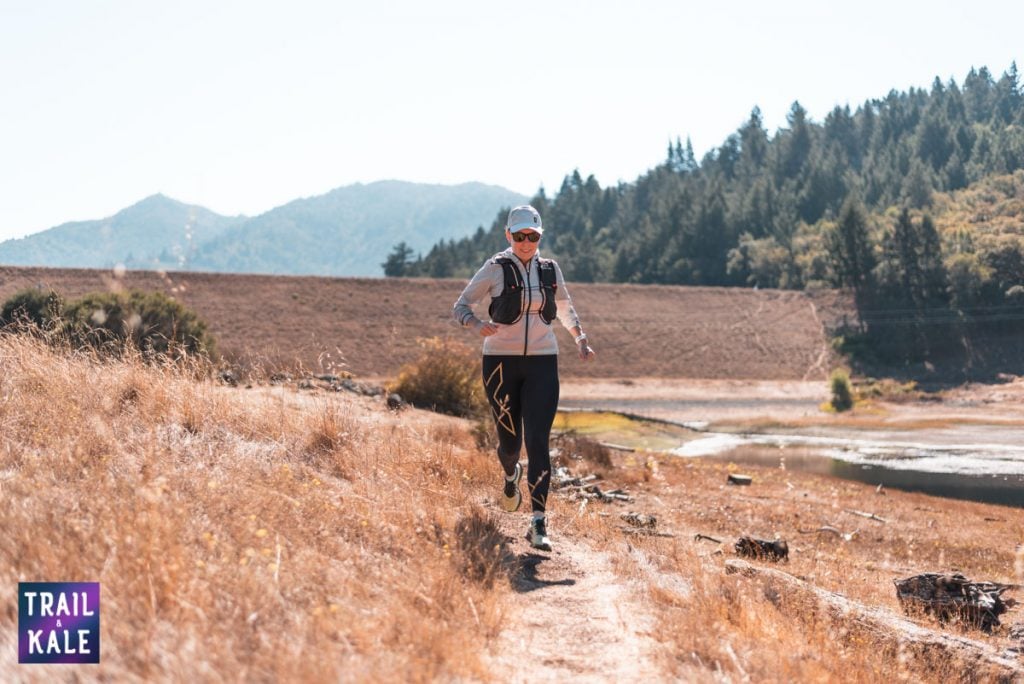
Similarly, it may also be worth considering treating yourself to a pair of recovery shoes or slides.
This footwear is specifically designed to support and stimulate circulation to your feet and lower legs. To learn more, read our guide to recovery shoes for runners.
9. Eat well
The best post-run meals are a balance of protein to support muscle repair, and carbohydrates to replenish the glycogen stores depleted during your run.
Whole foods – those that are unprocessed and unrefined – are the way to go. Think lean proteins like chicken or tofu, and complex carbohydrates like sweet potatoes or brown rice. These foods provide slow-release energy, helping you avoid those post-meal crashes.
Then there’s superfoods.
These nutrient powerhouses like blueberries, chia seeds, and spinach are rich in antioxidants that can help speed up recovery and reduce muscle soreness.
So, don’t just eat. Eat well. A well-balanced diet that includes whole foods and superfoods can make all the difference to your post-run recovery and overall running performance.
For tips on healthy nutrition including the health benefits of key superfoods head over to our nutrition section.
10. Sleep well
Sleep is the time when our body goes into overdrive repairing and rebuilding the muscles that have been strained during our runs.
Hormones such as testosterone and insulin-like growth factor are released during deep sleep stages, which aid in the repair of tissues and help stimulate muscle growth.
Essentially, sleep is our body’s natural performance enhancer and recovery tool.
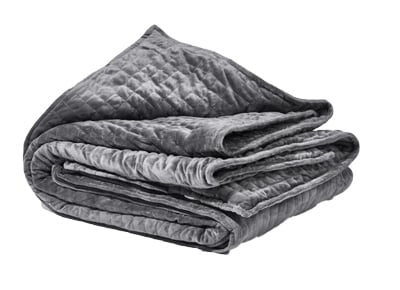
Lack of sleep, on the other hand, can slow down this recovery process. It can lead to an increase in the stress hormone cortisol, which can impede tissue repair and prolong muscle soreness.
It can also affect your mood and mental state, making you feel less motivated to stick to your running schedule or healthy eating habits. You may notice the effect of this if you monitor your heart rate variability with your running watch and see a decline in your HRV trend.
So, make sleep a priority in your recovery plan.
Aim for at least 7 to 9 hours of good quality sleep every night. And remember, it’s not just about quantity; quality matters too. Ensure your sleep environment is conducive to restful sleep – dark, quiet, and cool.
These non-medicinal sleep aids and gadgets may be helpful in achieving a great sleep environment!
Extra tips for an effective post-race recovery plan
If you’ve just run a marathon or ultramarathon then your body will likely need a break and some extra TLC to help you recover from running so far, so hard, and given your muscles and joints a break.
How much time you need or should take off running will vary from person to person, but for example, I find it helps to take several days off from running after a tough trail marathon or ultra where I’ve been running hard for 4+ hours.
Using a GPS running watch that tracks and monitors your training load and recovery health factors such as your resting heart rate, breathing rate and HRV can also help give you an indication of how much proper recovery time you should be taking post-run.
When you resume running, it helps to bear these tips in mind so you can bounce back into a new training cycle feeling fresh:
Respect your rest days
Rest days are crucial for your body’s recovery process.
Taking one to two days a week off from running a week can prevent overuse injuries and contribute to consistent running performance.
Make sure you select a running training plan that factors in adequate rest days – all our FREE running training plans consider recovery activities and rest days as fundamental elements of a robust plan, whether you’re training for your first 5k or a 50k ultramarathon.
Recovery runs
Intersperse your hard runs with easy days.
Light running on these days promotes active recovery and can help you recover faster.
A good running training plan should factor in recovery runs and easier training load days to help you stay within your body’s optimal training load range.
Work on flexibility
Regular flexibility work, such as yoga or Pilates, can reduce soreness and improve overall recovery.
These are great activities to do first thing in the morning, late evening, or any time on your non-running ‘rest’ days.
Monitoring Your Training Load and Recovery Status with a GPS Running Watch or Smartwatch
Monitoring your training load and recovery status can give you crucial insights into your running performance, your body’s responses to your workouts, and even potential overtraining.
This is where a good GPS running watch or smartwatch comes into play.
These watches track so many running health and running-related metrics, including your heart rate variability, distance, speed, your running route using GPS and even your sleep patterns, which as we’ve discussed, play a critical role in recovery.
But what sets these devices apart is their ability to consolidate this data to give you a clear picture of your training load – essentially how hard and how much you’ve been running – and training status.

Too much training without adequate recovery time can lead to overuse injuries and decreased running performance.
These watches can alert you to such risks, helping you maintain consistent running without overdoing it.
That can include giving you recovery status information, where they estimate how long it will take for your body to fully recover from a run, using factors like training intensity, current fitness level, and historical data.
This can be invaluable in guiding your recovery practices and preventing overtraining.
In essence, a good GPS running watch or smartwatch can help you balance your training and recovery, unlocking your full potential as a runner while helping to keep injuries at bay.
If you’re serious about your running and your recovery, it might be time to strap one on.






